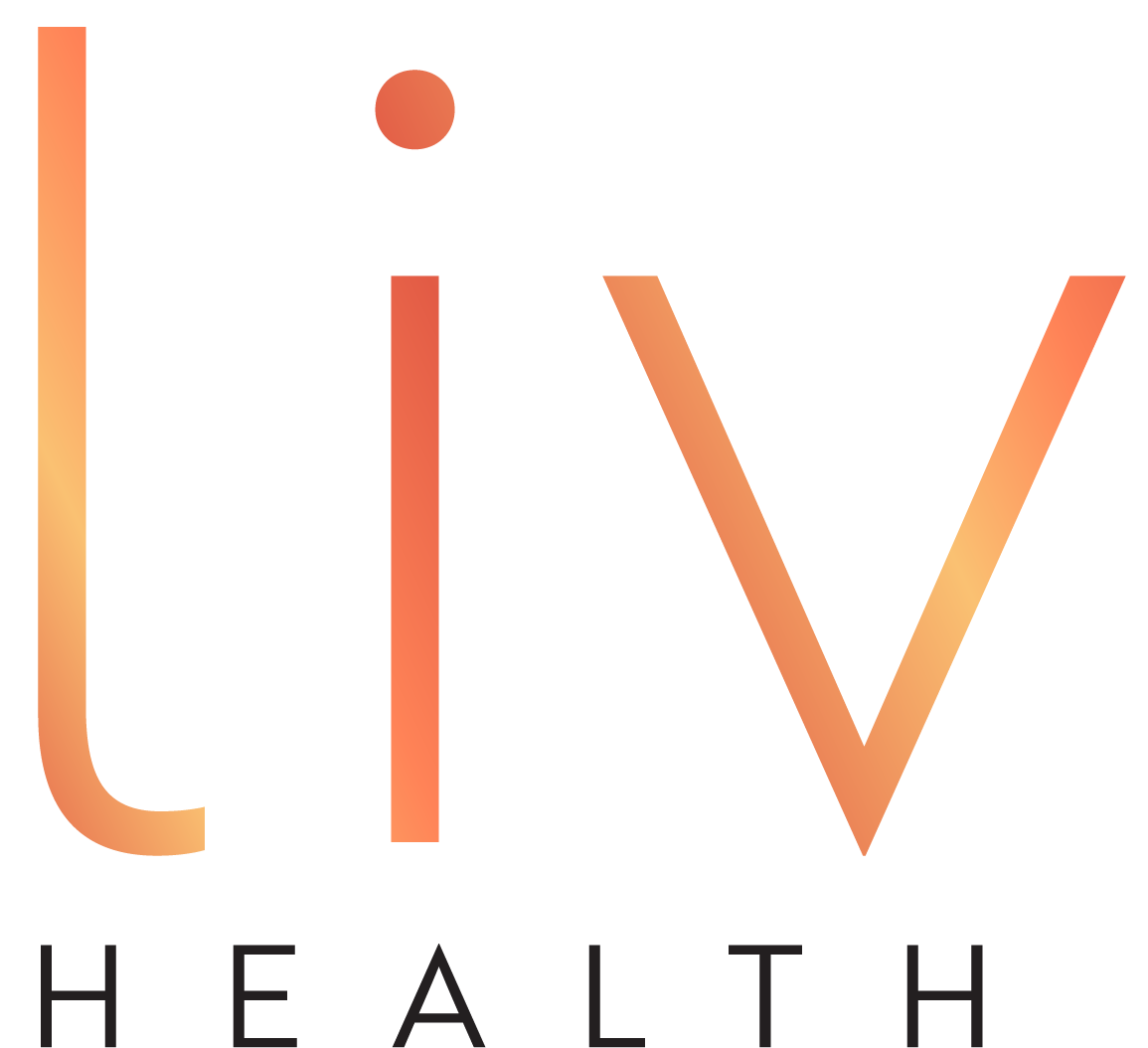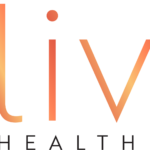How many times have you thought… “Hmm, I wonder what the Keto diet is all about? Actually, let me look into “Paleo.” What about Weight Watchers? Maybe South beach is better for me.”
The cycle is always the same: you’re excited and motivated to try a new diet, go out and buy everything you need, print out recipes, make your meal plan, and think ‘This is it! This is the last time I’m doing this!’ You do, perfectly, for 2-4 weeks, only to find yourself deep in a chocolate fudge brownie by week 4, and having to start all over again on Monday. Sound familiar?
The rollercoaster of yo-yo dieting is not a fun ride.
I know how terrible and defeating it can feel to be stuck on the hamster wheel of dieting. Worse, when you try a diet and see no results!
But before you throw a pen at your computer as you read this, hang on, because the process of losing and gaining weight is not your fault, it’s the diet’s fault. Would you really have to be going on and off these fad diets if they worked long term? Absolutely not.
You aren’t doomed, there is a way to end yo-yo dieting and find a sustainable way of eating that will optimize fat loss, metabolism, and hormones, while preventing age related disease. Before we get to that, it’s important to understand what yo-yo dieting does to your body, and why the popular fad diets don’t work long term.
Consistently dieting (restricting calories/cutting out food groups entirely) is wreaking havoc on your metabolism, your hormones, and it’s promoting disease.
Which Diet Is Best?
Have you ever seen the biggest loser? The majority of the contestants gain the weight back shortly after returning home. Why? The drastic reduction in calories slows down their metabolism, meaning, if they ate 1200 calories at the ranch, their body adjusted to that, and any calories over that will result in weight gain. In fact, dieting can lower your metabolism by as much as 40%. So in order for them to maintain their new figure, they had to follow a strict calorie controlled diet. Talk about unsustainable.
If you’ve ever said to yourself, “If I just look at food, I gain weight,” this is why!
Chronic dieting also depletes leptin, a key hormone that controls hunger. A lack of leptin causes cravings and binges, which explains why you may feel a constant urge to eat when dieting, (in addition to wanting something more when you “can’t” have it.)
The lack of calories can significantly decrease your intracellular thyroid hormone levels, specifically reverse t3. As soon as your body senses a reduction in calories, reverse t3 is stimulated, lowering your metabolism. Additionally, these dramatic dietary changes increase the hormone cortisol, increasing your risk of developing diseases like heart disease, diabetes, and cancer.
So what about all those fad diets your friends are successful on? Let’s take a closer look at some of the most popular ones to date.
Ketogenic Diet
The “Keto” diet is composed of 90% fats, 4% carbs, and 6% proteins. The idea is that it puts your body into a ketogenic state, meaning your body will use your own fat for fuel.
- Potential benefits: The high fat content is satiating, meaning it will keep you full for a long period of time, and, well, bacon is delicious! Additionally, it forces you to give up most junk food as one cookie would put you over your carb limit. This is good from a cutting sugar standpoint, but talk about not being sustainable! And trust me, you will get sick of bacon and cheese!
- Drawbacks: the low carb content dramatically decreases insulin production, and you need insulin to make thyroid hormone or it shuts down. When that occurs, it causes low energy, a sluggish metabolism, hair loss, dry skin, and a decrease in fat burning. Additionally, the extremely low carb content worsens adrenal fatigue by increasing cortisol levels.
Paleo Diet
The Paleo diet is designed to resemble what hunter-gatherer ancestors ate thousands of years ago. Its premise is to avoid anything processed that our ancestors did not eat. That means sugar, bread, vegetable oils, artificial sweeteners, dairy, legumes, beans, alcohol, and grains.
- Potential benefits: cutting out processed foods means less sugar in your diet, which can drastically lower blood sugar and insulin making it great for fat loss, and energy.. It also means improved skin, hair, nails, and less anxiety.
- Drawbacks: research has shown those that follow a strict paleo diet have higher levels of a compound called trimethylamine N-oxide in their blood, which is associated with heart disease. Additionally, eliminating whole grains can negatively impact your gut microbiome because you are not getting resistant starch or fermentable fibers, both crucial to the health of your gut.
Carnivore Diet
Have you heard of this one? It’s been popping up a lot more this year. It’s all about eating meat and other animal products. If the food came from an animal, it’s fair game. It eliminates all fruits and vegetables (yes – really). It’s essentially a zero carb diet, so your body is no longer getting energy from glucose, but from fat alone.
- Potential benefits: It cuts out all carbs and all sugar, which can help blood sugar control and cravings. The high protein content can help you feel more full, leading to a reduced calorie intake, resulting in quick weight loss.
- Drawbacks: It lacks phytonutrients such as resveratrol and beta carotene due to the absence of plants. These phytonutrients are crucial for immunity, enhancing cellular function, and decreasing inflammation. Individuals following this kind of diet can also suffer from deficiencies in potassium, magnesium, vitamin E, Vitamin K, and Vitamin C.
Now, what do all of these fad diets have in common? You guessed it! Every one of these diets cut out food groups completely. If you’ve done that before, you know that only leads to overeating and weight gain down the line.
So, what is sustainable? What can you do forever that promotes a healthy weight, high energy levels, and optimizes intracellular hormone health and metabolism?
Enter the Liv way.
There is a reason the New York Times continuously puts the Mediterranean lifestyle at the top of the list. The Mediterranean way is associated with reduced risk factors for cardiovascular disease, cancer, diabetes, stroke, and arthritis. It is also recognized by the World Health Organization as a healthy and sustainable dietary pattern.
While Liv Health understands every person is unique, and we tailor eating protocols specifically for you and your goals, every single person can benefit from adopting some of the habits associated with the Mediterranean way:
- Increasing consumption of fruits and veggies
- Adequate protein at each and every meal, specifically fish and chicken
- Increase healthy fats
So, how do you incorporate these eating patterns and lose fat sustainably, while still living a social life and enjoying the foods you love? (AKA the key to getting of the yo-yo dieting hamster wheel).
Strategy.
Here is a snapshot of just a few of the strategies we teach our clients:
- Balance and budget: You’re out to dinner and normally would go for the bread on the table and dessert. This Liv Health strategy encourages you to choose the one you like the most, so you’re not overdoing the starch and sugar, but still having what you love!
- Satisfaction factor: If you were to rate your meal on a scale of 1-10, 10 being super satisfied, how would you rate it? If you’re not a 6 or above most of the time, add something small to up your rating. For example, a recent client told me she doesn’t love salads unless she adds a few crunchy onions on top. So pick something small to add to your meals to increase satisfaction. At the end of the day, a few crunchy onions won’t break the bank, and it will keep you from raiding the fridge later.
- 80% full: After you eat, do you feel stuffed? Still hungry? Just right? 80% means eating to a place where you feel content, not overly full. You could probably keep eating, but you’re no longer hungry. You can always go back for more later.
- PFF: Protein, fat, and fiber. Getting at least one from each category in every meal is key to stabilizing blood sugar, keeping you full for longer, and preventing cravings. Example: eggs (protein) scrambled with spinach and tomatoes (fiber) paired with sliced avocado (fat and fiber)
Nutrition for hormone optimization should be customized to the person, which is why Liv Health provides ongoing care focused on optimizing your nutrition and hormones. A required diagnostic panel sets a baseline for your health goals and allows our physician team to assess your individual needs and come up with a treatment protocol specifically for you and your body.
So if you’re ready to take the guesswork out of “what should I be eating to optimize my hormones,” Liv Health is ready for you. Click here to schedule a call with one of our health concierges, to see if we’re a good match!
The post It’s Time To Exit The Yo-Yo Diet Rollercoaster appeared first on Liv HEALTH.


